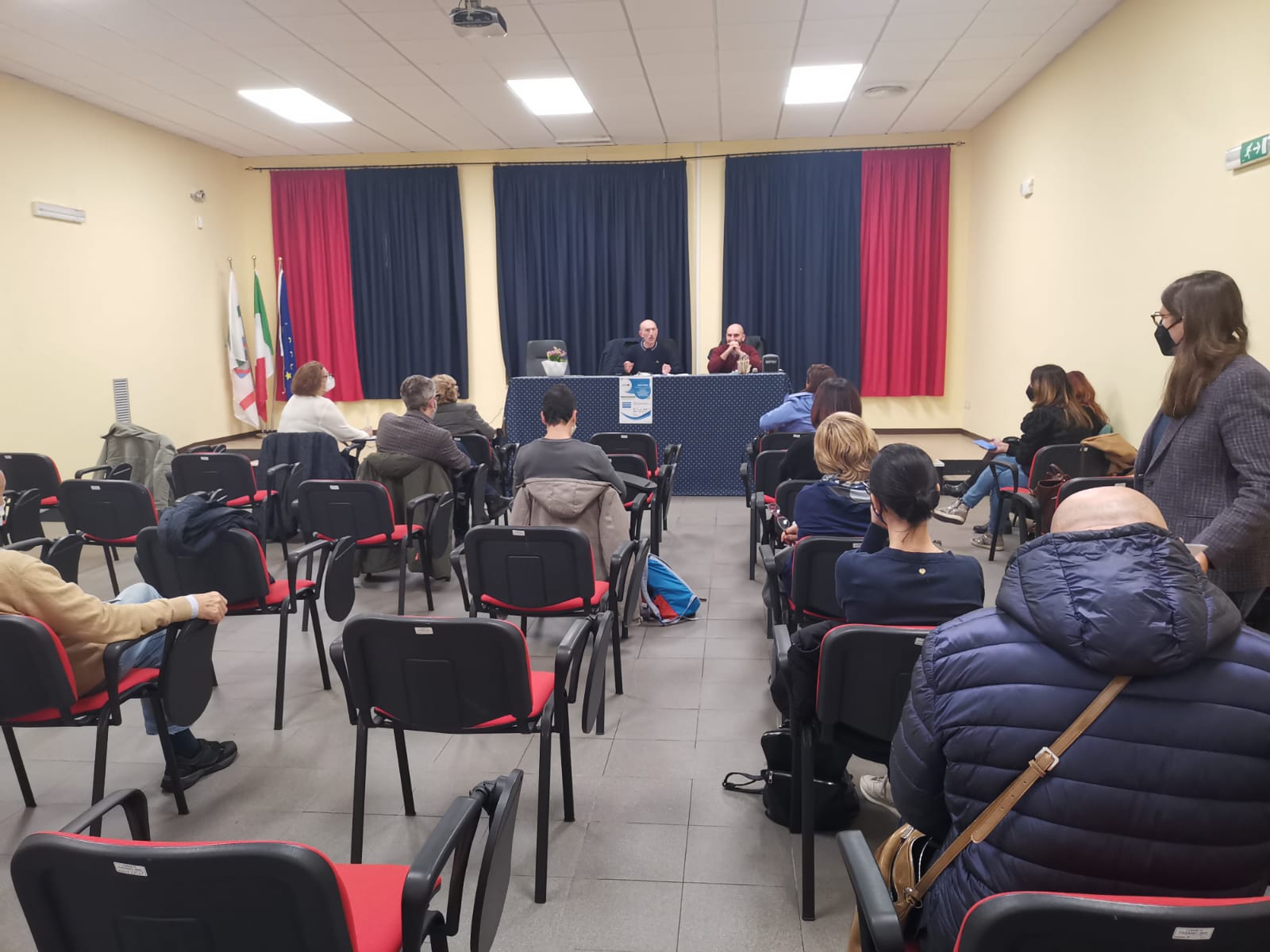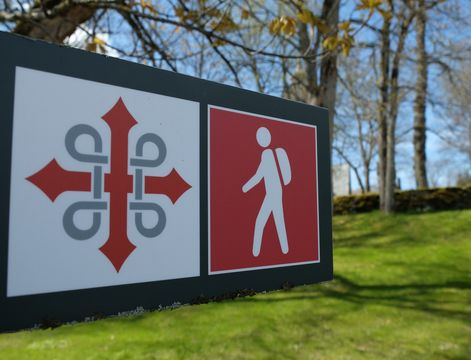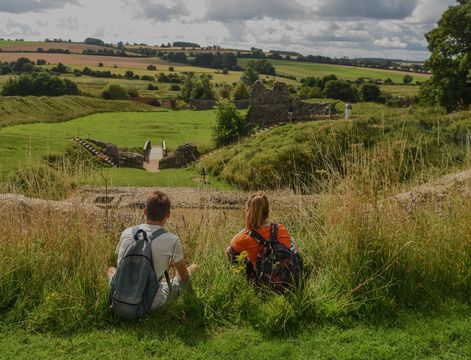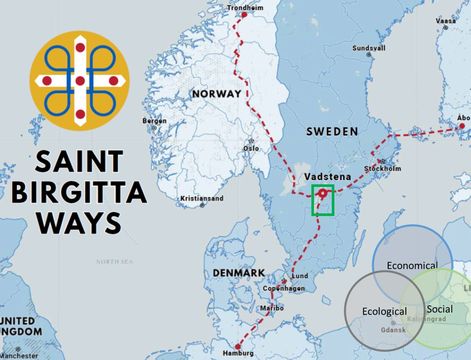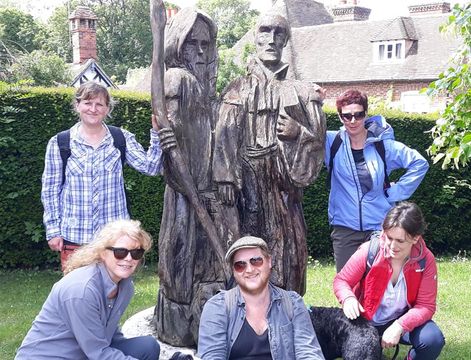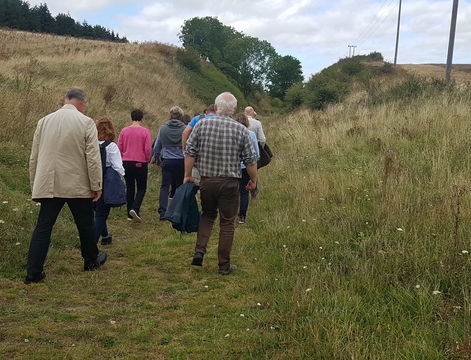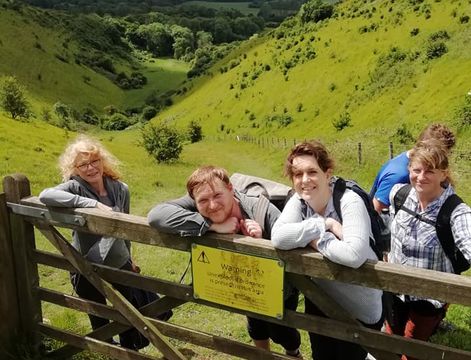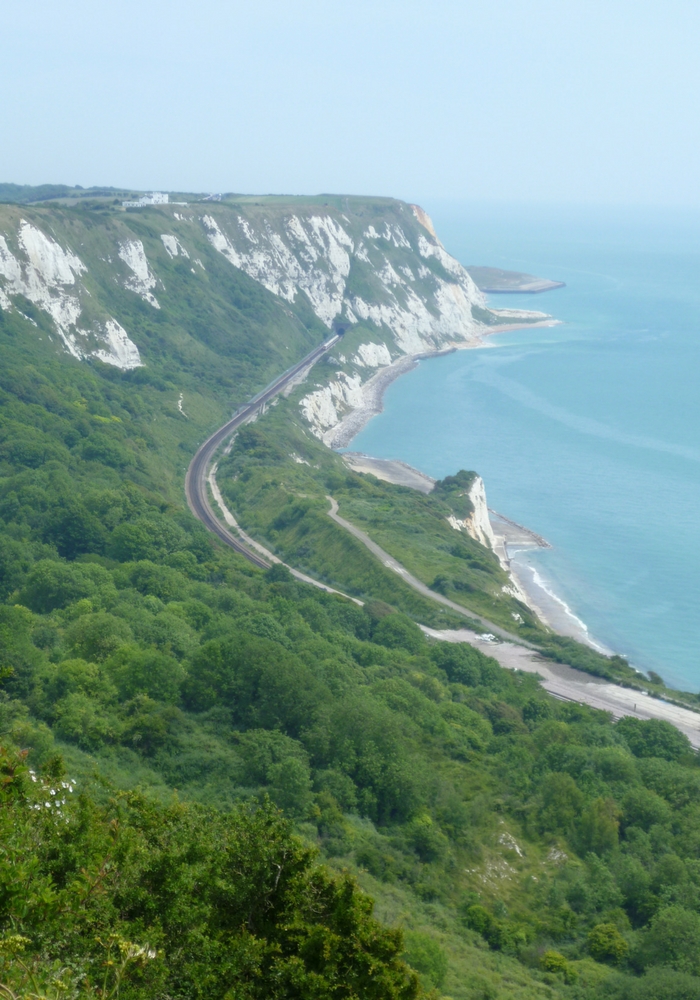http://pineandpeak.com/2017/07/17/green-pilgrimage-in-kent/#comment-642
Blogger Leanne Downs writes how the Green Pilgrimage Project can inspire....
Europe has a vast network of pilgrim routes, such as the famous Camino and the collection of pilgrim trails across Sweden, Norway and Denmark known as the St. Olav’s Ways which includes St. Olavsleden, the path I walked last summer. Here in my home county of Kent, we have several trails running through the county including the start of the Via Francigena pilgrim trail which runs through France to Rome, the Pilgrim’s Way from Winchester to Canterbury and the North Downs Way.
I was recently invited by Explore Kent to attend the launch of the Interreg Europe Green Pilgrimage Project, which is a EU funded initiative, aiming to support the development of pilgrim trails across Europe.
As well as the positive impact on the local area and community, they also have a profound impact on people who decide to use them. It was said during the conference that many people ‘start as hikers, but finish as pilgrims’. This does not mean that you become religious through walking a pilgrim route (nor do you have to be religious to start) but that it is rare, if not impossible, to hike along a long distance pilgrim trail and not be internally changed.
Pilgrim walking can give you the perfect combination of solitude, physical challenge and immersion in nature to reflect on your self and your place in the world. Interactions between pilgrim hikers and the local community are one of the most important and special aspects of making a pilgrimage and can lead to social and spiritual growth, nurturing the relationship we have with people from different countries, backgrounds and cultures.
They also help us reconnect with nature, in a time where adults and children are spending less and less time outdoors. The connection we have with the natural world and our planet is becoming weaker and weaker, so it is important to preserve our natural spaces (especially in England where true wilderness already no longer exists) and our access to these spaces, before we lose the opportunity to reconnect altogether.
GREEN PILGRIMAGE IS ABOUT INFLUENCING THE BEHAVIOUR AND ATTITUDES OF MILLIONS OF PILGRIMS TO CARE FOR THE ENVIRONMENT AND RECONNECT WITH THE NATURAL WORLD – BOTH WHILE ON PILGRIMAGE AND ALSO WHEN THEY RETURN HOME.
Over a million pounds worth of EU funding has been dedicated to exploring and encouraging the expansion of pilgrim tourism in Europe. Led by the Kent Downs Area of Outstanding Natural Beauty, this funding will be used to develop the pilgrim paths of Kent, so that the county can benefit from the rise in popularity of both secular and religious pilgrimage. The trails we have here in Kent receive only a fraction of the amount of visitors that the Camino does and the Green Pilgrimage project hopes to change this. It aims to persuade local organisations, church leaders and business owners to invest in pilgrim tourism and to do so in a sustainable way.
The week long launch programme included talks and activities exploring the development of pilgrim routes across Europe, with representatives of long distance pilgrim routes from countries such as the UK, Norway, Latvia, Sweden, Italy and Spain in attendance. As part of the event, I attended the Green Pilgrimage Conference at Canterbury Cathedral.
The conference discussed already established long distance pilgrim routes such as The Way of St James to Santiago de Compostela, which has been a huge success in Spain. Over 277,000 walkers (both religious and non-religious) visited the trail in 2016, from all over the world – a huge increase from less than 3000 in its first year in 1986. This influx of pilgrim walkers has had positive impact on local communities along the trail and has boosted the local economy.
It is clear from the booming success of the Camino and the surge in growth of smaller trails, that the development of pilgrim routes across Europe can positively impact the areas around them. These benefits include the creation of jobs, the protection of natural spaces, historical places and heritage sites for future generations and the preservation of local culture.
Many of the challenges are environmental, so a focus on sustainability is very important. Wherever possible, efforts should be made to make eco-friendly adjustments to the ways in which trails maintained, and to the ways in which the places which serve hikers along these trails (accommodation, restaurants and churches for example) are run, to lessen their environmental impact. Providing green food choices, sensitive waste management, eco-friendly transport and conserving the land are all important areas for consideration when aiming to lessen the overall carbon footprint of pilgrim tourism to the area.
ITS VISION IS THAT PILGRIMS LEAVE A POSITIVE FOOTPRINT ON THE EARTH, AND THAT PILGRIM PLACES BECOME MODELS OF CARE FOR THE ENVIRONMENT.




